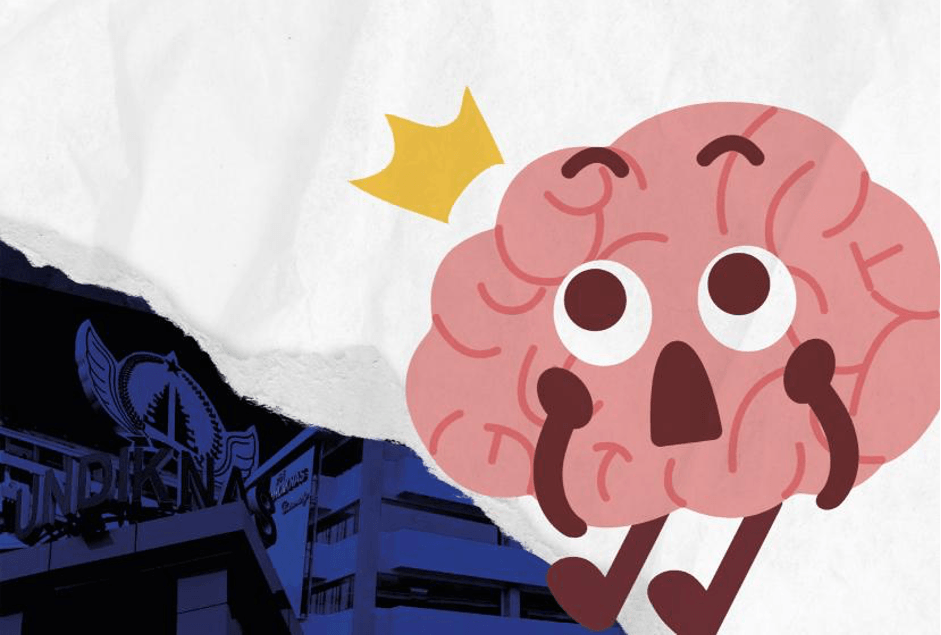
Neuroplasticity: How the Brain Learns and Adapts
The human brain is an extraordinary organ, not only because of its ability to process information but also due to its flexibility to change and adapt. This ability is known as neuroplasticity.
In simple terms, neuroplasticity is the brain’s ability to form, strengthen, or weaken connections between nerve cells (neurons) throughout a person’s life. This process allows us to learn new things, adapt to experiences, and even recover from brain injuries.
How Does Neuroplasticity Work?
Every time we learn something new—such as playing a musical instrument, speaking a foreign language, or trying a new route to work—the brain creates new pathways between neurons. The more often we repeat the activity, the stronger these pathways become, making the skill or information easier to recall and perform.
Conversely, habits or skills that are rarely used can weaken, as the related neuron connections become less active. This principle is often referred to as “use it or lose it.”
Types of Neuroplasticity
Functional Neuroplasticity
The brain shifts functions from one area to another, for example when someone recovers from a stroke and another part of the brain takes over the lost function.Structural Neuroplasticity
Physical changes in the brain, such as the growth of new branches on neurons, as a result of learning experiences or specific training.
Factors That Influence Neuroplasticity
Age – Children’s brains are more plastic compared to adults, though neuroplasticity persists throughout life.
Environment – Stimulating environments (such as education, social interaction, and new experiences) strengthen the brain’s ability to adapt.
Practice and Habits – Repetitive activities, such as skill practice or healthy habits, strengthen specific neural pathways.
Optimizing Neuroplasticity
The good news is, we can support and stimulate neuroplasticity in various ways, such as:
Consistently learning new things (like languages, music, or practical skills).
Exercising regularly, which has been proven to increase oxygen supply to the brain and encourage the growth of new neurons.
Maintaining mental health through meditation or mindfulness to reduce stress, which can inhibit the brain’s flexibility.
Getting enough sleep, since memory consolidation occurs while we sleep.
Neuroplasticity shows us that the brain is not a “static” organ, but a dynamic one that is constantly evolving. By understanding how neuroplasticity works, we can be more intentional in building good habits, continuing to learn, and training our brains to remain healthy and sharp as we age.



